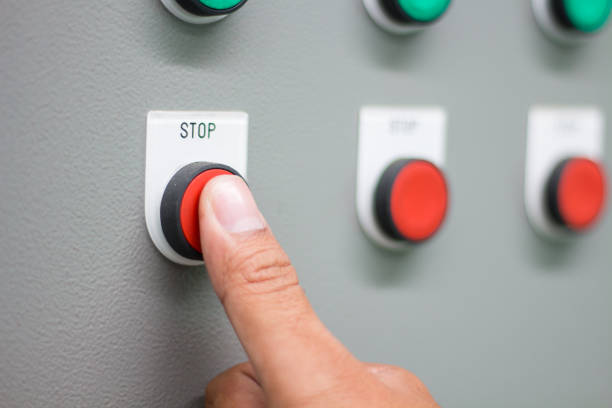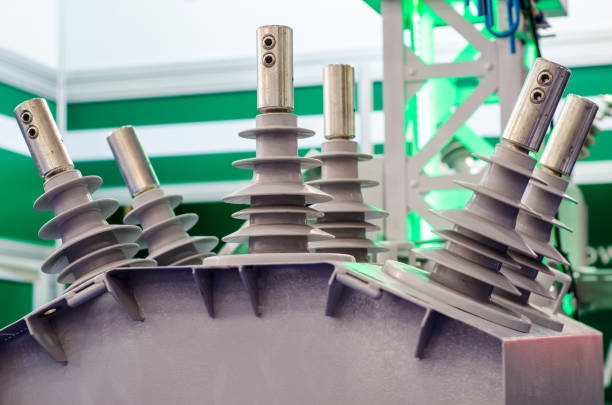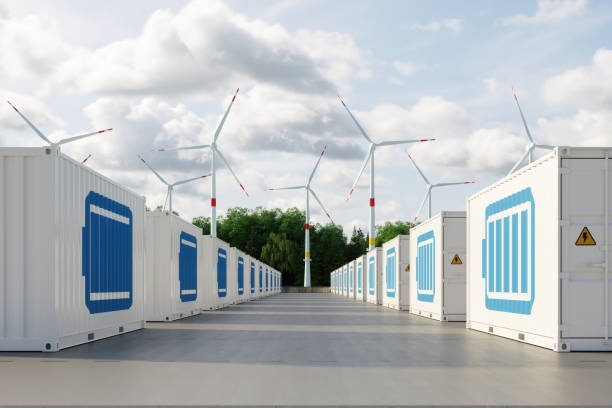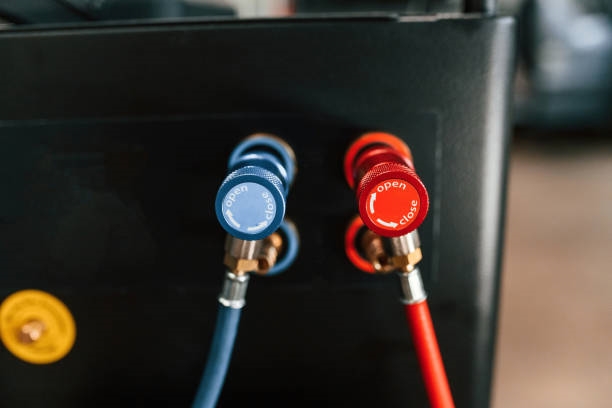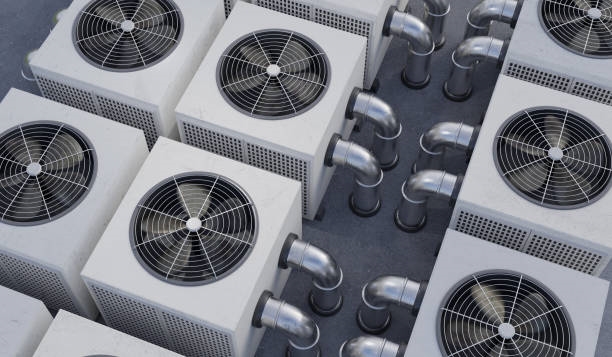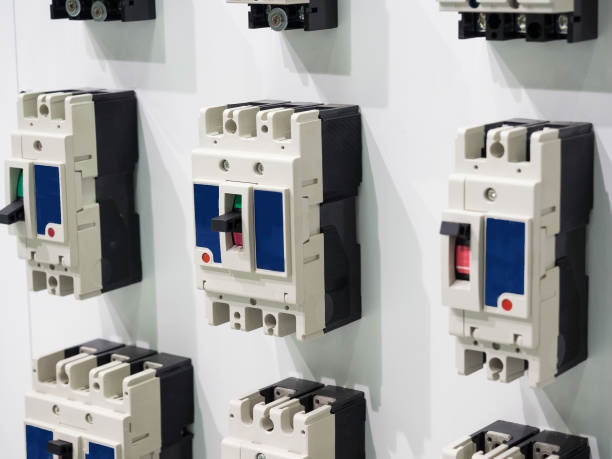Shutdown and Re-energization Order
The order of shutdown and re-energization must not be confused.
General rule: during shutdown, de-energize low-voltage circuits first, then high-voltage circuits. During re-energization, follow the reverse order.
When de-energizing low voltage, first open the low-voltage branch switches, then the low-voltage main switch. Also stop control circuits before the main circuits. For re-energization, reverse this order.
When de-energizing high voltage, trip the circuit breaker first, then open the isolating switch. For incoming high-voltage lines with two isolating switches, open the load-side isolator first, then the source-side isolator. For re-energization, reverse this order.
It is strictly prohibited to operate isolating switches under load.
Re-energization Operation Procedure
The re-energization steps are as follows:
- After confirming that no personnel are working on any electrical equipment in the distribution room, remove temporary grounding wires and warning tags. When removing grounding, detach the line end first, then the grounding end.
- Verify that the switches on both incoming lines WL1 and WL2 are in the open position, then close the tie isolator between the two high-voltage buses WB1 and WB2 so WB1 and WB2 can operate in parallel.
- Sequentially close all isolating switches on WL1, then close the incoming line circuit breaker. If the breaker closes successfully, WB1 and WB2 are intact.
- Close the isolating switches of the voltage transformer circuits connected to WB1 and WB2, and check that the supply voltages are normal.
- Close all high-voltage outgoing isolating switches, then close all high-voltage outgoing circuit breakers to energize the main transformers serving the distribution room.
- Close the knife switch on the low-voltage side of No.2 distribution room's main transformer, then close the low-voltage circuit breaker. If the breaker closes successfully, the low-voltage bus is intact.
- Check the low-voltage readings using the voltmeters connected to both low-voltage buses.
- Close all low-voltage outgoing knife switches in No.2 distribution room, then close the low-voltage circuit breakers or fuse-type knife switches to energize all low-voltage outgoing circuits. At this point the high-voltage substation and its connected workshop substations are fully brought into service.
Fault Recovery Considerations
If re-energizing after a fault-induced outage, the procedure depends on the type of switchgear installed on the incoming line.
If the incoming line is equipped with a high-voltage circuit breaker, the breaker will trip automatically for a short-circuit on the high-voltage bus. After the fault is cleared, the breaker can be reclosed directly to restore supply.
If the incoming line uses a high-voltage load switch with fuses, replace the fuse elements after the fault is cleared before closing the load switch to re-energize.
If the incoming line uses an isolator-and-fuse arrangement, after the fault is cleared replace the fuse link, open all outgoing switches, then close the isolator, and finally close all outgoing switches to restore supply. The same procedure applies when the incoming line uses drop-out fuses.
 ALLPCB
ALLPCB


